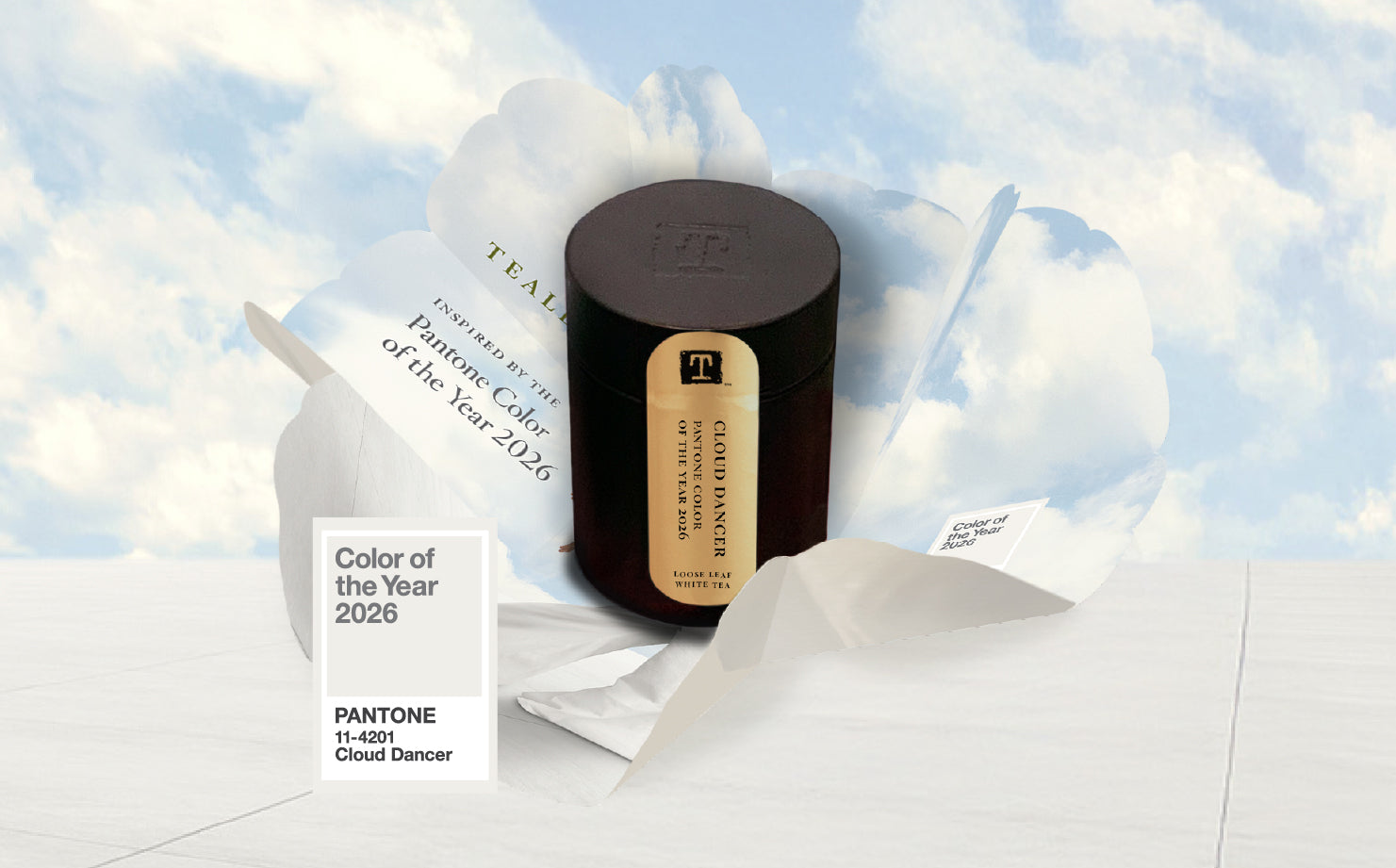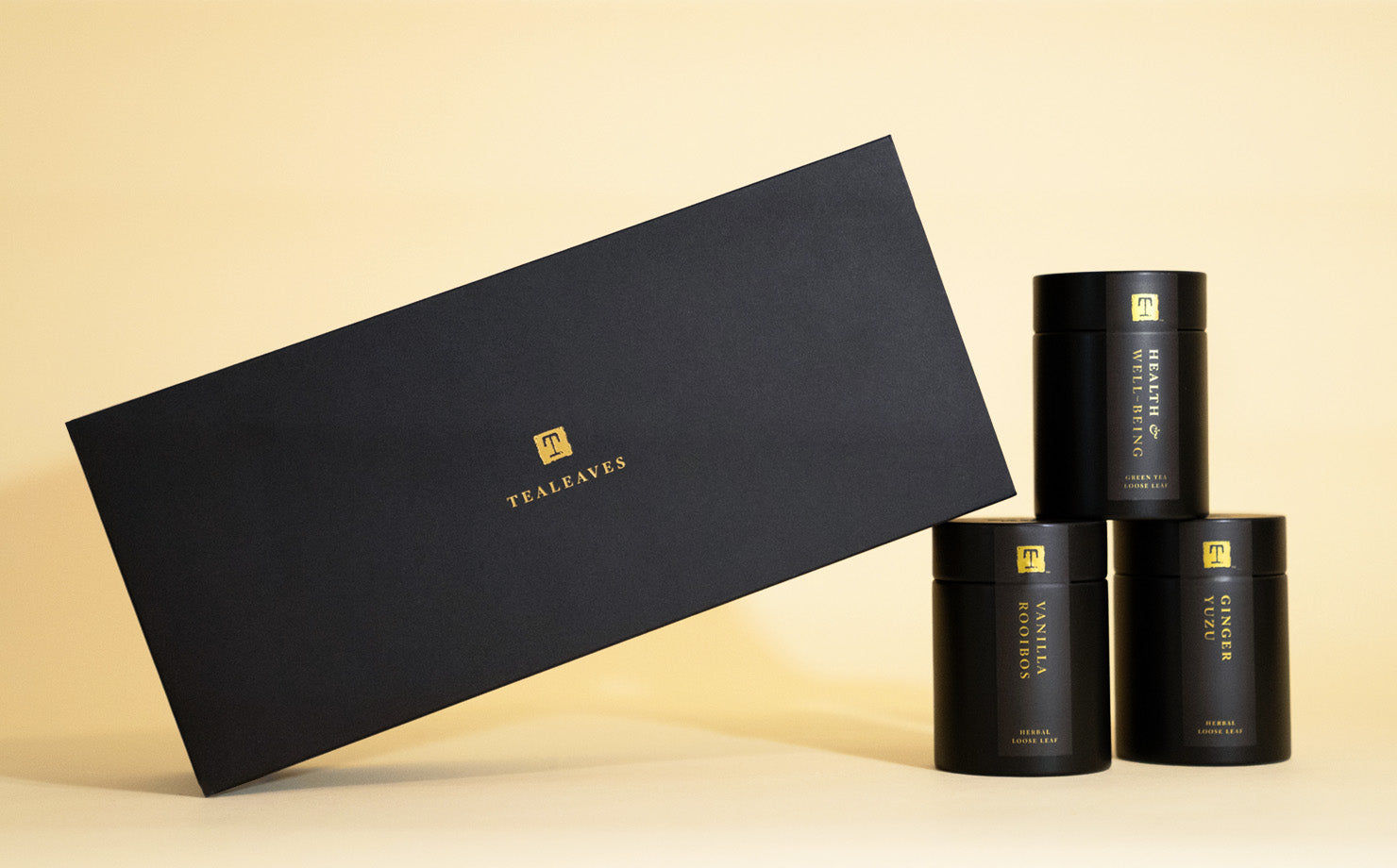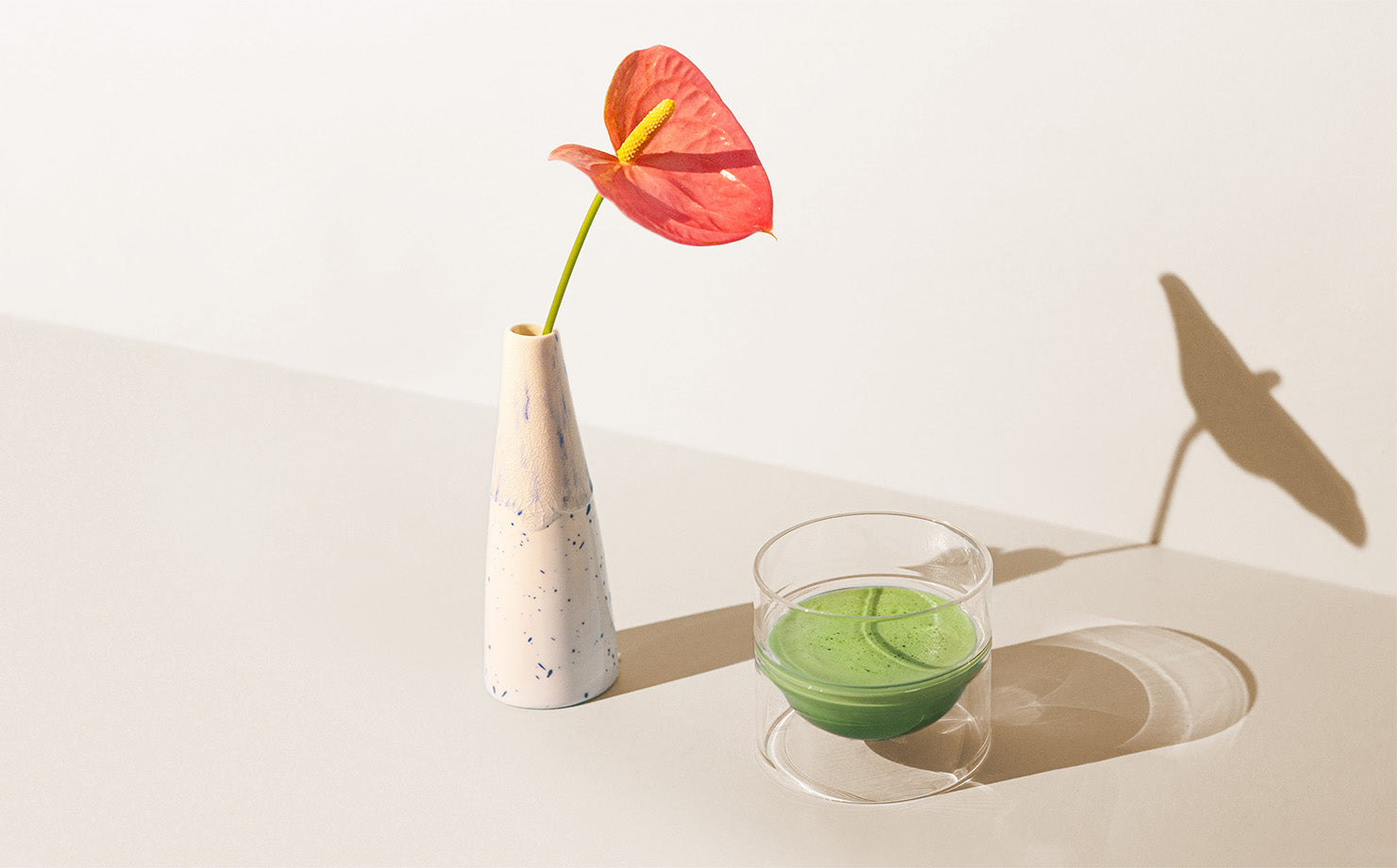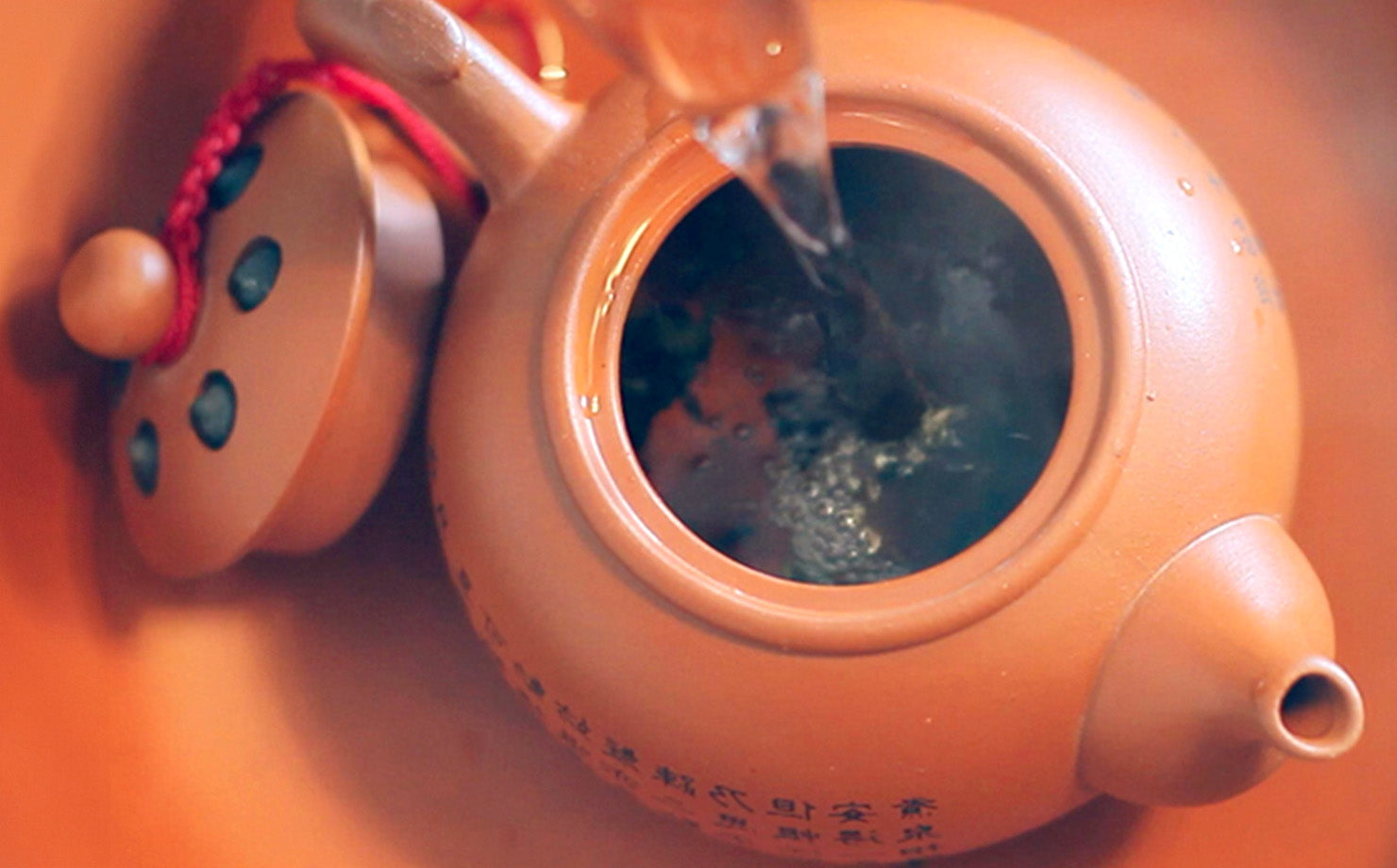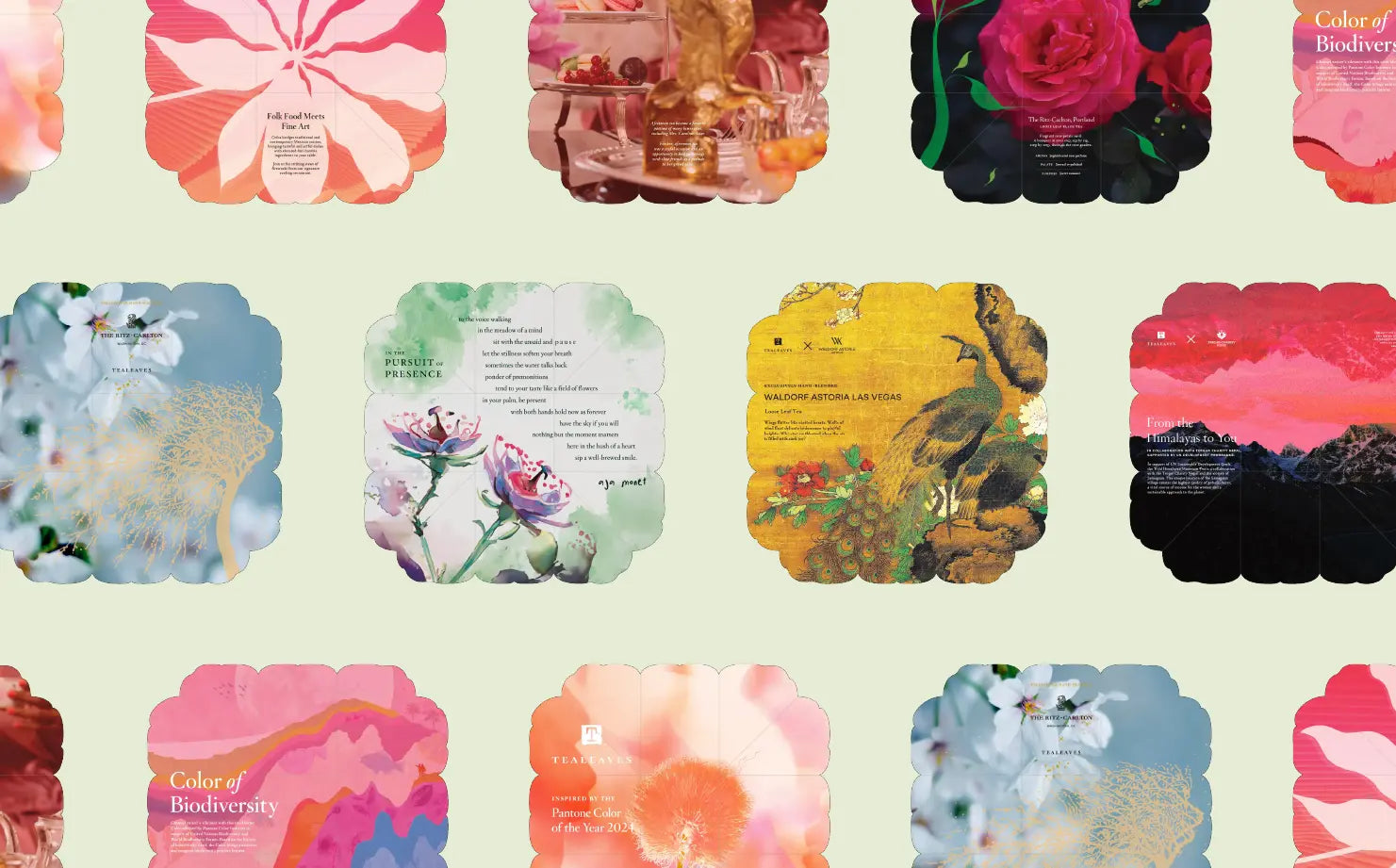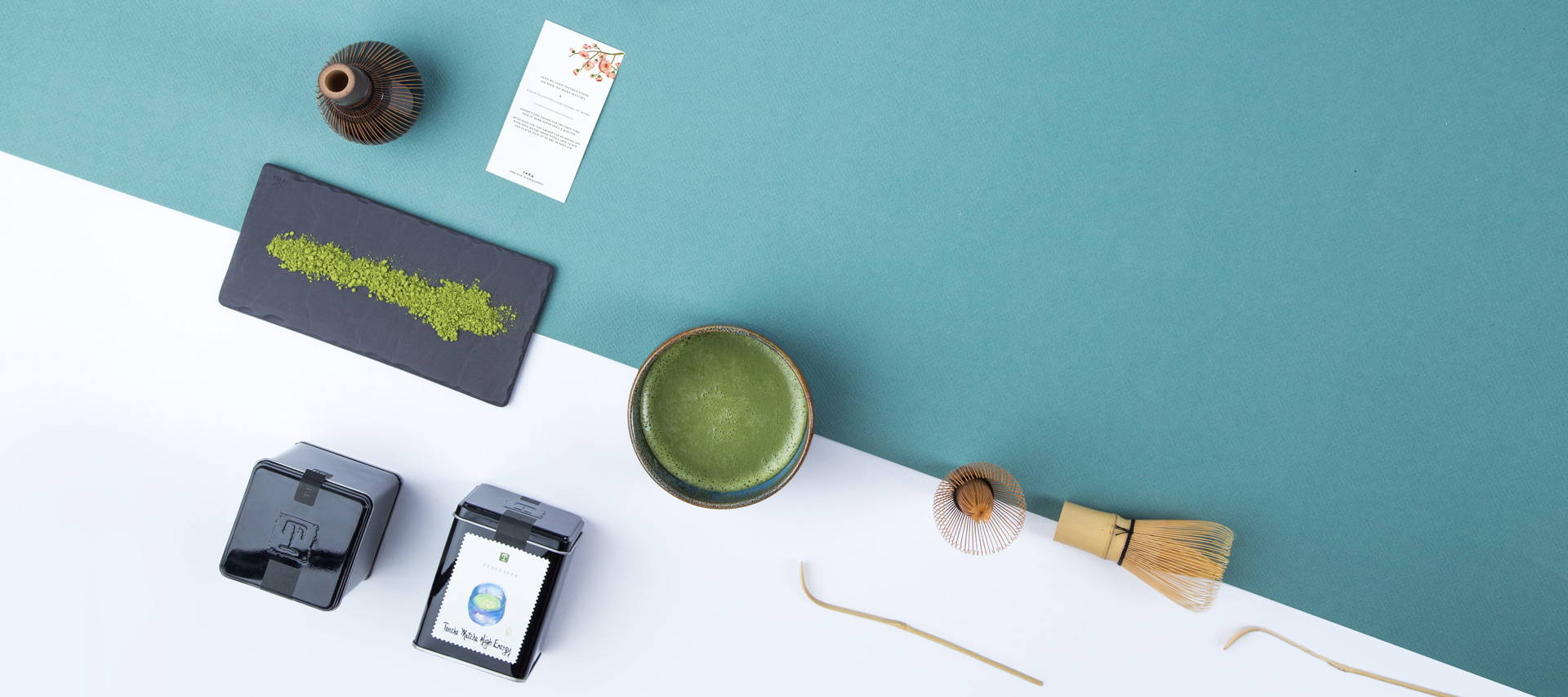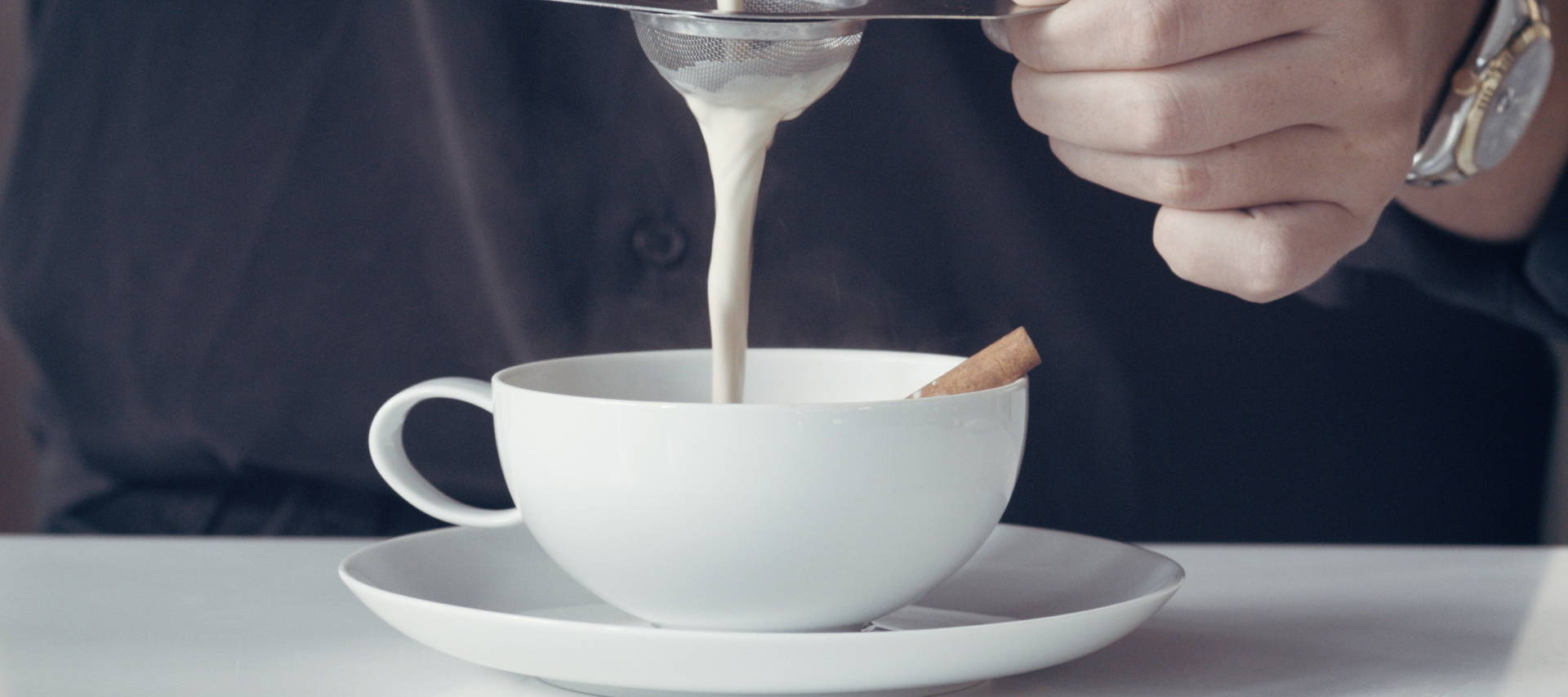The leaves are softened, and the moisture content of the leaves is reduced by half, allowing the leaves to be rolled without breaking.
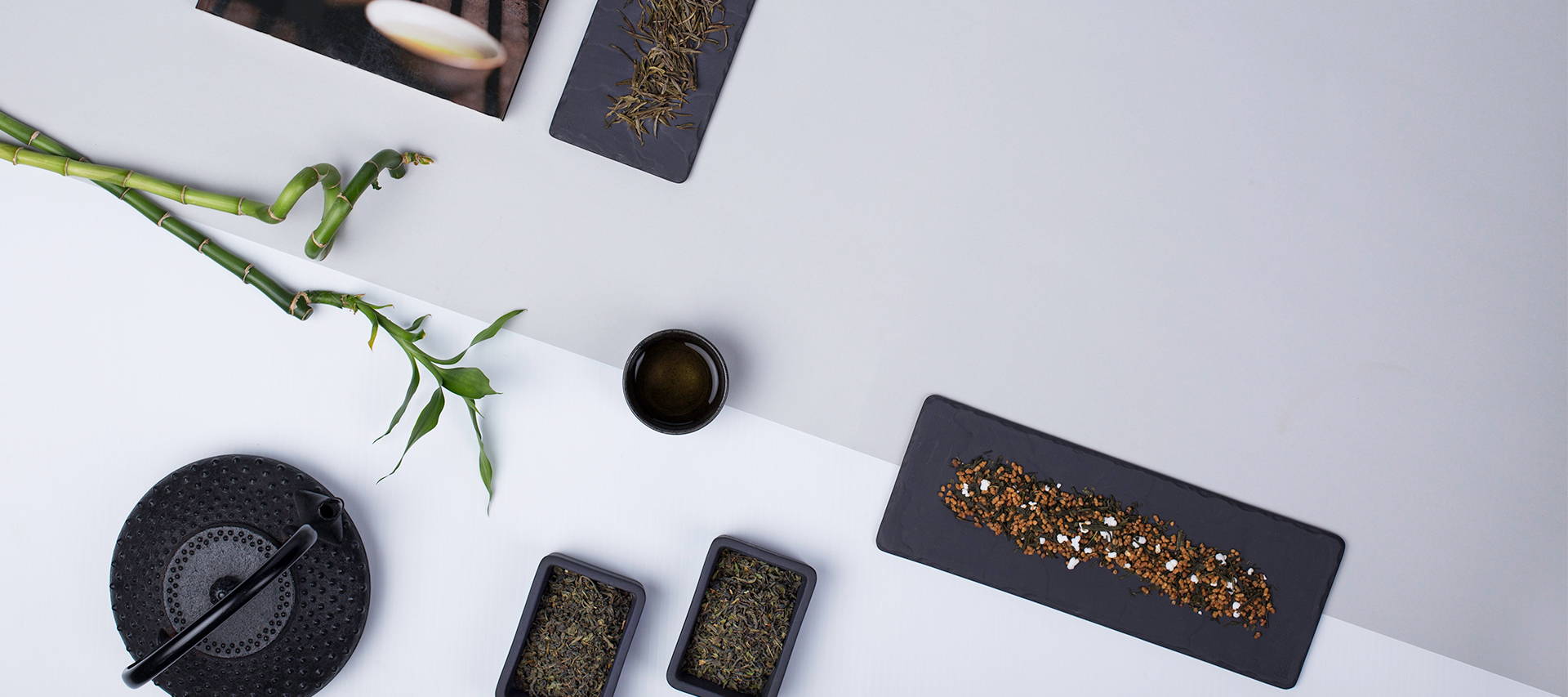
Green Tea
“I left for the Orient in search of peace. I had achieved wealth and I had achieved glory, but it was meaningless without context. Standing high above the world on the fog and mist-enshrouded Wuyi Mountains, the aroma from the tea gardens below tapped into my spiritual being."
From Where?
China, Japan
Chinese green tea, known for its mild and subtle taste, has a refreshing aroma and pale hues. The leaves range in appearance from silver to deep emerald.
Japanese tea leaves are often a brilliant green, reminiscent of the lush gardens they are grown in. The liquor ranges from jade green to light yellow with a fragrant, puckery and slightly sweet taste.
COLOR: Light yellow to deep emerald
AROMA: Refreshing
TASTE: Subtle, delicate, slightly sweet
How Is Green Tea Made?
PICKING
The fresh tea leaves of the tea plant (Camellia Sinensis) are picked.
DRYING
The unopened buds are left to dry on bamboo mats.
WITHERING
STEAMING
Heat is applied to the leaves to stop the fermentation process. Leaves are either heated in wok or steamed.



